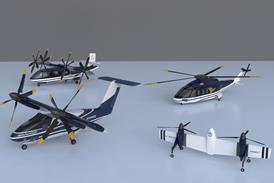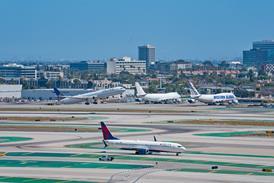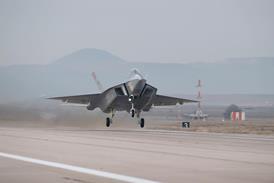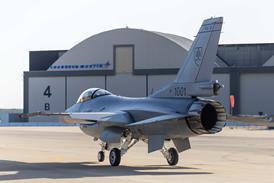Europe-based business jets, threatened with revised Joint Aviation Requirements (JAR) which would have prevented them flying direct routes across the North Atlantic, have been reprieved after almost five years of talks between the USA and Europe.
The new rule allows extended-range twin-engine operations (ETOPS) for up to 180min from a suitable airfield - as opposed to the 120min originally proposed. This is expected to be published as an amendment to JAR OPS 1 in February.
The revision applies to commercial operations with aircraft under 45,400kg (100,000lb) gross weight, and is now expected to have "minimal impact" on business-jet operators, says Ray Swanda, vice- president, operations, at the US General Aviation Manufacturers Association (GAMA).
To comply with the European ETOPS rule, operators will have to "carry a little extra fuel, and crews will have to pay more attention to en route fuel consumption," Swanda says. In addition, essential aircraft electrical equipment will require three independent sources of power.
This contrasts with the Joint Aviation Authority's 1996 proposal, which GAMA says would have prevented general aviation twin-engine aircraft used in "commercial" operations flying more than 120min from a suitable airfield without full airline level ETOPS compliance. The issue hinged on Europe's definition of commercial operations, which under some circumstances included corporate or business flights.
US negotiators produced safety data which showed the 120min restriction was not justified. "In 35 years, there has never been a single [business aircraft] accident related to long-range flight," Swanda says.
The next challenge, he adds, will be the formulation of JAR Ops 2, governing non-commercial operations in Europe. These include company flight departments and aerial work. The latter is internationally defined as "operations in which an aircraft is used for specialised services such as agriculture, construction, photography, search and rescue, aerial advertising". In Europe these operations "are now regulated in many different ways and will be difficult to regulate throughout [the continent]," Swanda believes.
JAR OPS 2 is in the hands of the JAA Operations Committee's Aerial Work General Aviation Sub-Committee, with the first draft due early next year.
Europe's International Council of Aircraft Owners and Pilots Associations (IAOPA), meanwhile, has already called for private and commercial companies with less than three aircraft to be removed from JAR Ops 2. IAOPA says JARs could place unnecessary burdens and restrict general aviation development.
Source: Flight International























